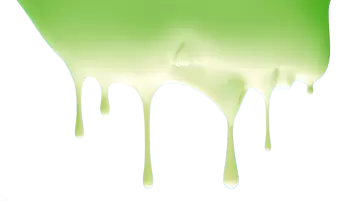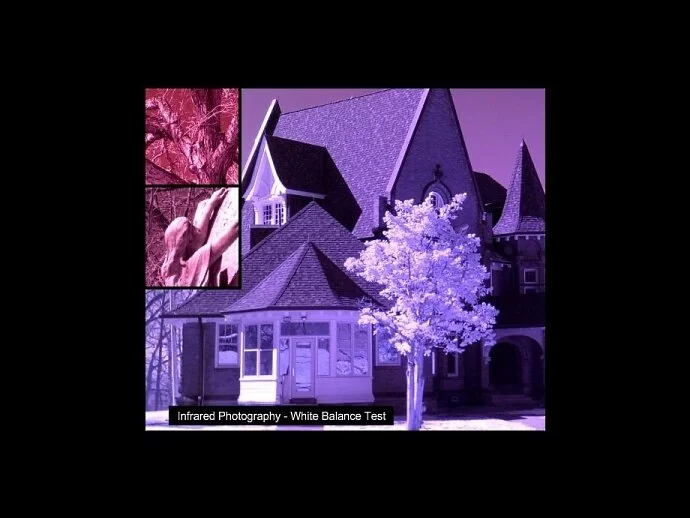An explanation of digital Infrared cameras and photography...
Infrared photography in the past used film cameras with special film to record spectacular imagery. The issue with old-school Infrared Cameras is that it is very difficult to handle IR film (refrigeration, keeping it in total darkness, etc). Sometimes the cameras themselves have to be taped in order to block out all light from entering the box and exposing the sensitive Infrared film. Filters also need to be placed on the camera in order to get the desired results but unfortunately block out all visible light, making focusing these Infrared cameras much more difficult.
Digital Infrared cameras made Infrared photography much easier because they do not use film. Newer, Infrared cameras rely upon electronics to be able to see into the Near Infrared spectrum of light, approximately 750 nm-1200 nm, which is just above the visible range of light (what humans can see). A standard camera is filtered to see the same range of visible light as human eyesight, in the range of 380-750 nm. (See our frequency chart in the slideshow, below.)
In order for the camera to be able to see this range, Infrared cameras are typically created by modifying a standard camera through the removal of the IR-cut filter or “hot mirror.” This filter is placed within the optics of most digital cameras in order to make the camera's eye (called a CCD chip) see the same range of light as we do, keeping the colors the same. To remove this filter in digital cameras in order to create a camera that can see Infrared is a tricky process.
Using Infrared Cameras
Infrared cameras can be used for taking beautiful photographs that look “other-worldly.” They can also be used to see in the dark when Infrared lighting is used for various purposes, including ghost investigation. Stock cameras that are made to see in the dark from the manufacturer are still filtered to keep the range of light more near the visible spectrum. They produce normal looking photographs in daylight like any other stock camera and do not see as far into the Near Infrared range. This is not the same thing.
White Balance Settings
The three photos in our gallery (above) were taken with the same Infrared camera using different white balance settings that produced the variance in hues. Digital Infrared-seeing cameras can produce stunning images during the daylight. Notice how the tree leaves and grass appear white on a sunny day, showing a beautiful lavender sky and mono-chromatic home. You can also take Infrared photographs into a simple photo-editing program and adjust the colors and contrast to enhance or tint the images differently.
The Cost of Infrared Cameras
Because expertise is required to alter the optics, Infrared cameras can be quite costly to acquire. To have your digital camera converted will cost hundreds of dollars. However, there is a more affordable option. Recently, new and used compact digital cameras have been made available that can see an expanded range and are reasonably priced. These altered models are called a UV-Vis-IR conversion.
Digital "Infrared cameras" can see the upper Ultraviolet Light spectrum, the Visible Light spectrum, as well as the Near Infrared Light spectrum. The potential range of sight is from 330nm – 1200 nm, offering a more “full spectrum” of capture beyond what the human eye can normally see. Not only are these cameras a better option for paranormal investigation, but they can also work to produce stunning images during daylight without filtering out the visible range with an IR pass filter. This makes these inexpensive Infrared cameras a great option for artists and photography enthusiasts to begin Infrared photography! And with the added use of photo-editing software, images taken with digital Infrared cameras can be easily enhanced for spectacular results!



